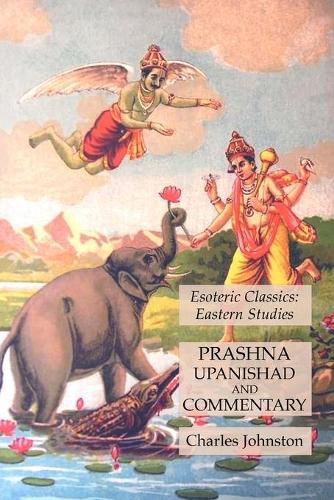Readings Newsletter
Become a Readings Member to make your shopping experience even easier.
Sign in or sign up for free!
You’re not far away from qualifying for FREE standard shipping within Australia
You’ve qualified for FREE standard shipping within Australia
The cart is loading…






This title is printed to order. This book may have been self-published. If so, we cannot guarantee the quality of the content. In the main most books will have gone through the editing process however some may not. We therefore suggest that you be aware of this before ordering this book. If in doubt check either the author or publisher’s details as we are unable to accept any returns unless they are faulty. Please contact us if you have any questions.
The Prashna Upanishad contains six Prashna (questions), and each is a chapter with a discussion of answers. The chapters end with the phrase, prasnaprativakanam, which literally means, thus ends the answer to the question . The first three questions are profound metaphysical questions. The fourth section, in contrast, contains substantial philosophy. The last two sections discuss the symbol Om and Moksha concept.
$9.00 standard shipping within Australia
FREE standard shipping within Australia for orders over $100.00
Express & International shipping calculated at checkout
This title is printed to order. This book may have been self-published. If so, we cannot guarantee the quality of the content. In the main most books will have gone through the editing process however some may not. We therefore suggest that you be aware of this before ordering this book. If in doubt check either the author or publisher’s details as we are unable to accept any returns unless they are faulty. Please contact us if you have any questions.
The Prashna Upanishad contains six Prashna (questions), and each is a chapter with a discussion of answers. The chapters end with the phrase, prasnaprativakanam, which literally means, thus ends the answer to the question . The first three questions are profound metaphysical questions. The fourth section, in contrast, contains substantial philosophy. The last two sections discuss the symbol Om and Moksha concept.